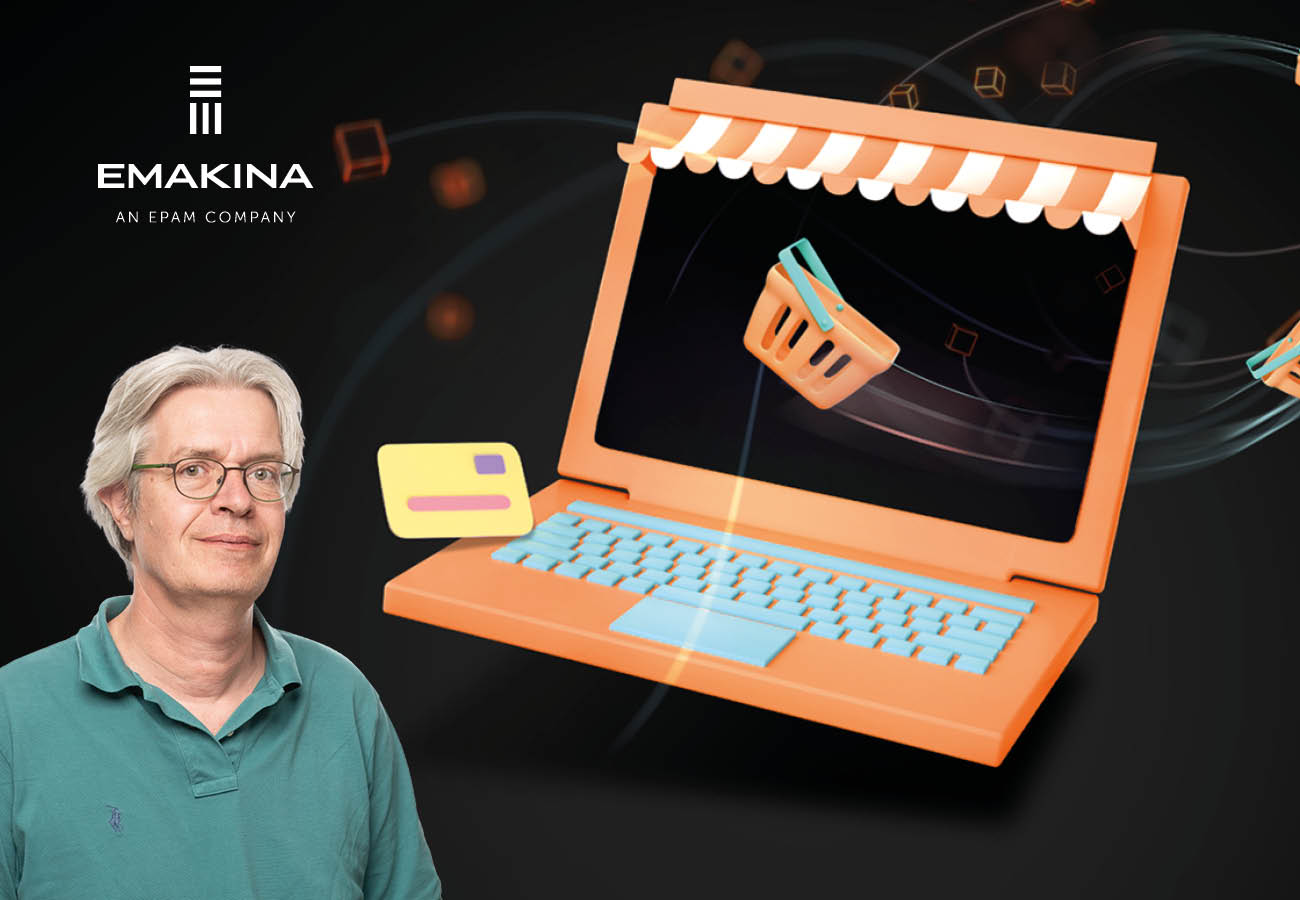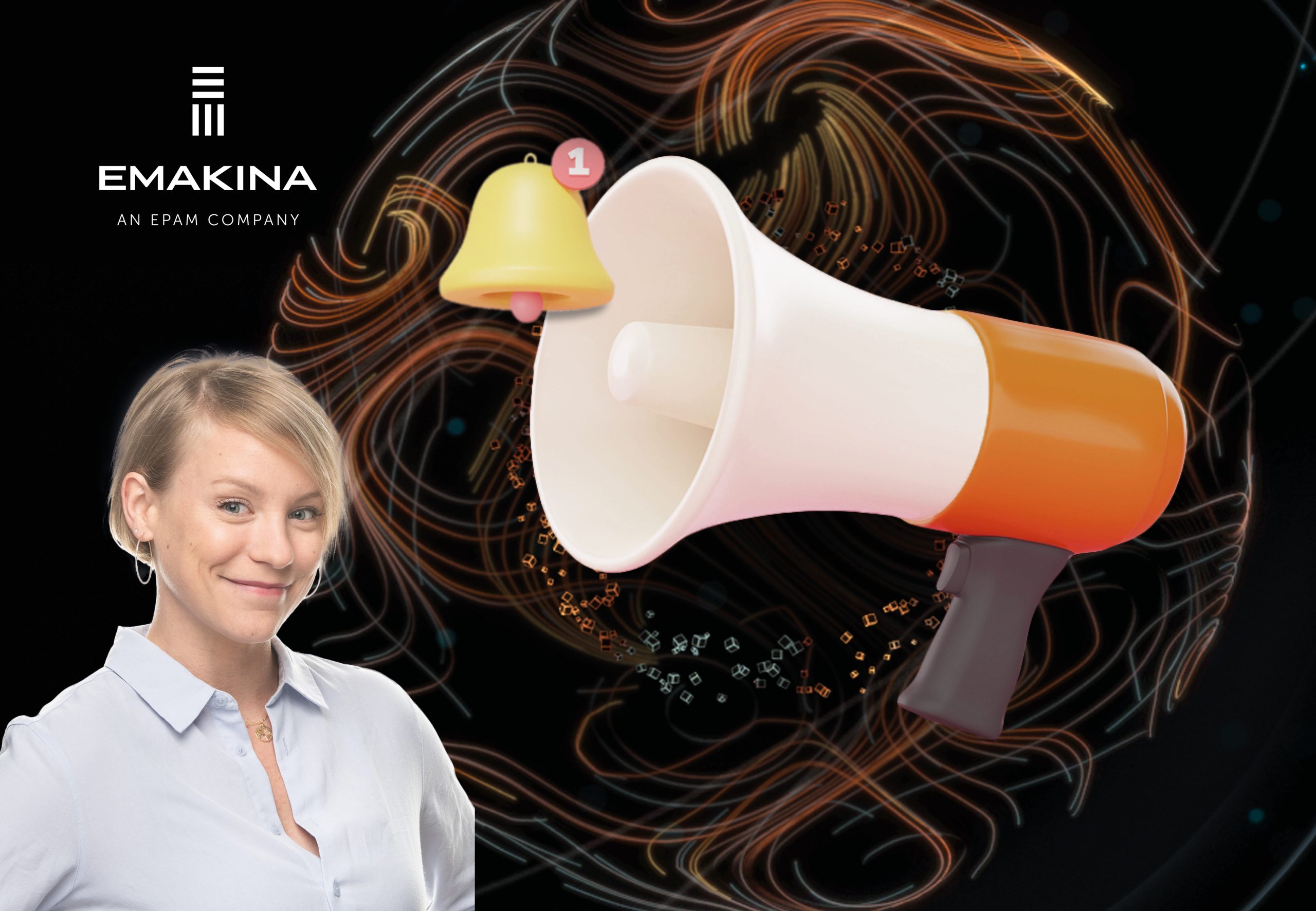Ethical design: how to design the right thing, responsibly
What are the first things that come to mind when you think about design? Do you tend to associate design with impressive architecture, trendy chairs, and shiny graphic interfaces? What if we are all designers – and that includes you?

Wait – we are all designers?
Yes, that’s right. No matter what you do exactly, you are contributing to the creation of something, at some scale, in both your personal and your professional life. It may be a product or service for your customers, a digital application, a household schedule, a piece of writing, a creative endeavor… the range is diverse. In each case, you consider requirements and try to come up with the best possible solution for the problem(s) you need to solve or the purpose that needs to be served.
That’s the very definition of design.
The ethical aspects of design
But with great design comes great responsibility, especially if we’re designing in a commercial context. While some examples of design gone bad are rather innocent – look up the example of ‘Norman doors’ if you are not familiar with it – the impact of bad design can be devastating in other areas of life. Scott Berkun explains how the complex design of the Notre Dame cathedral’s fire alarm system obstructed early detection of the fire that partly destroyed the Paris cathedral in April 2019. Jonathan Shariat and Cynthia Saucier describe how design gone bad saddens, angers and/or excludes, and in some cases even kills (e.g. when the complexity of the design of medical devices or airplane interfaces leads to catastrophes). The impact of bad design on people can be disastrous.
The trouble is that even if you don’t set off to cause harm or adversely affect those you design for, there may be unanticipated consequences to what you put out into the world. Scott Berkun mentions the examples of Waze and Airbnb. He explains that while these companies never set out to cause negative consequences, they did cause disruption of quiet family neighborhoods and rising rents, respectively, by offering their services – services that did address real concerns of a big target group. But design does not exist in a vacuum, as Mike Monteiro and the UX Collective point out, calling upon designers to always consider the broader societal impact of what they design.
Designing the right thing
What does this mean for your business? What impact does this have on your design process? In our view, the design community may need to reinterpret its popular adage ‘design the right thing’ (check out the Double Diamond framework, described here and in our whitepaper, if this doesn’t ring any bells). Considering the above, what does it mean to ‘design the right thing’? Traditionally, it has been understood to mean designing the type of tools and services that are beneficial to your business and fulfil your target audience’s needs. We need to add careful consideration of the potential negative impact of designs to the mix. Who might be hurt by the new product or service that you plan to launch? Could it have a negative impact on those that you do not explicitly target as a user? In what way does it impact the broader community? With a broader view to social corporate responsibility, then, let’s add a new adage: in a world where you can design anything, design responsibly.
Weitere Beiträge im Blog
Zum Blog-
E-Commerce Trend #3 – Omnichannel. Worauf sollten Unternehmen 2023 achten? Unser Experte, Georg Kafka, im Interview.

-
E-Commerce Trend #2 – Social Media. Mehr als ein Trend? Unsere Digital Marketing Expertin, Verena Scheucher, im Interview.

-
Relationship marketing – noch im Trend?

-
E-Commerce Trend #1 – Künstliche Intelligenz. Was halten wir davon? Unser Experte im Interview.

